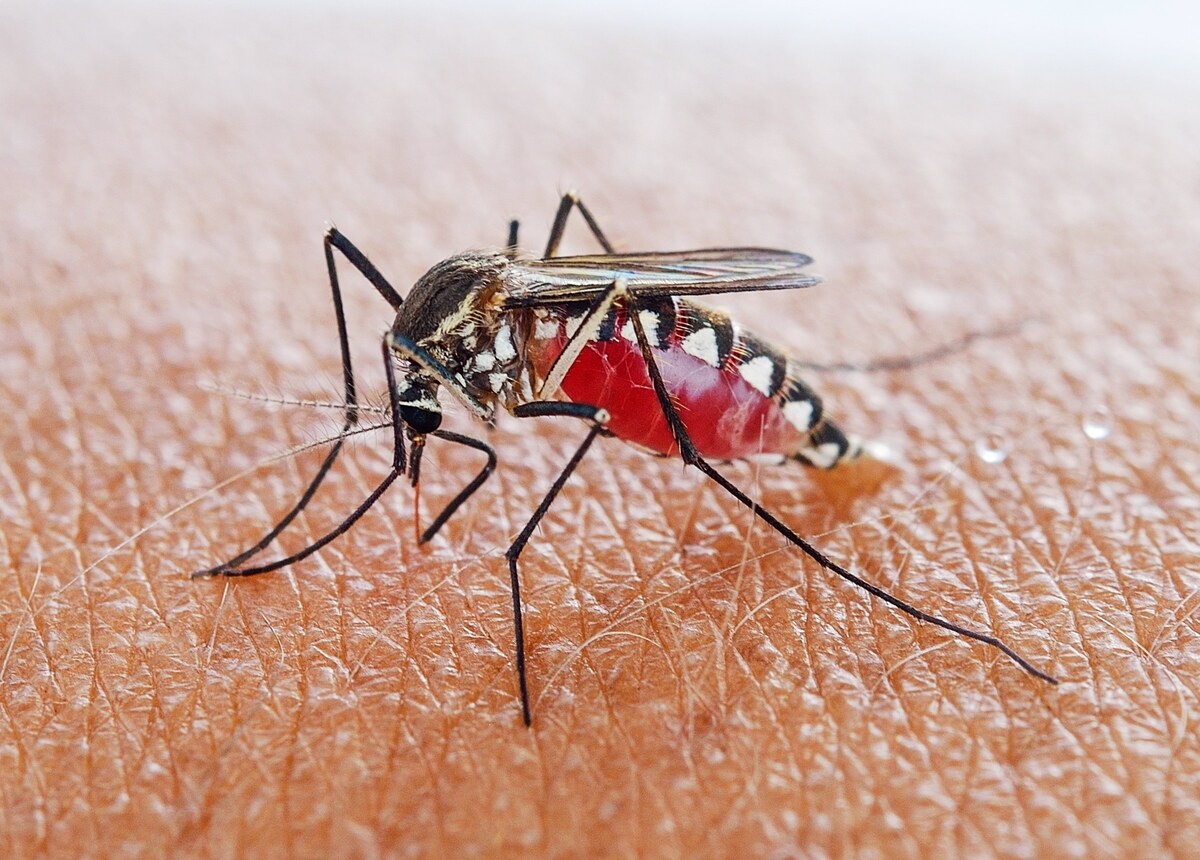Microwaving Insecticide Restores Its Mosquito-Killing Power

Microwaving the insecticide deltamethrin rearranges its crystal structure but doesn’t change its chemical composition. The rearrangement renews deltamethrin’s ability to kill mosquitoes that have become resistant to the insecticide, researchers reported in Malaria Journal.
The researchers didn’t set out to revive insecticides, says Bart Kahr, a crystallographer at New York University. He and colleagues had been working on crystal growth experiments. “And it turns out that a very good crystal for the experiment that we wanted to do was DDT, the very old, notorious insecticide from the last century.” The researchers realized that DDT has two crystal forms, one of which works better than the other.
They then started experimenting with deltamethrin, an insecticide that is commonly used against mosquitoes that can carry malaria. The chemical is often incorporated into bed nets or sprayed on walls or other surfaces in homes. Mosquitoes absorb the insecticide when they come in contact with it. Kahr and colleagues previously discovered that heating deltamethrin changed its crystal structure, which let it work faster (SN: 10/19/20).
Altering the arrangement of crystals is a tried-and-true way of giving drugs new and different properties, Kahr says. But no one had thought to rearrange insecticide crystals to give them new life, he says. “We just were surprised at how relevant it really was, and a little surprised that nobody has looked at this before,” he says. “Different communities of scientists just have different urgencies. And sometimes when you come from the outside, you look at things from a completely different way.”
Kahr’s team heated a chalk formulation of deltamethrin called D-Fense Dust either in an oven or in a microwave. In the oven, the researchers could precisely control the temperature, he says. “But just for kicks, we said because this deltamethrin is a consumer product, what if you just pop it in the microwave for five minutes? Does that achieve the same thing as heating it to a prescribed temperature in the oven?” The microwave worked just as well, but Kahr cautions that people shouldn’t use the same microwave for heating food and insecticides.
Previously, the researchers had tested the heated deltamethrin crystals on mosquitoes that were already sensitive to the insecticide. In the new study, the scientists teamed up with entomologists to test the heated crystals on five strains of Anopheles mosquitoes from West Africa that are resistant to deltamethrin. In all cases, the rearranged crystals killed the resistant mosquitoes.
That’s important because insecticide resistance is a growing problem and is impairing the ability to control mosquito populations to tamp down malaria spread, says Janet Hemingway, a geneticist at the Liverpool School of Tropical Medicine in England who was not involved in the new study. “We’re now at the point where almost nowhere in Africa is fully susceptible.”
It is encouraging that heated insecticide killed highly resistant mosquitoes, says Hemingway, who directs the Infection Innovation Consortium, a public-private effort to find new ways to combat infectious diseases. But, she says, “this is not something we can take and use that tomorrow.”
For instance, insecticide-treated bed nets are made by mixing deltamethrin with fibers before yarn is extruded. The insecticide migrates to the outside of the yarn and forms crystals. Depending on the manufacturer, “the crystal structures that end up on the surfaces of those bed nets can be quite different,” Hemingway says.
It’s not certain that the heat-treated deltamethrin would retain its more potent crystal structure through the net-making process. And you couldn’t just pop bed nets in the microwave to rearrange the deltamethrin crystals, she says. “You’d need some pretty big microwaves given these things come in shipping containers.”
Kahr’s team is working on incorporating the heat-treated crystal into nets. Liquid sprays are out since the rearranged crystals don’t retain their structure when mixed into water. People could spray the heated chalk instead, but few people would probably want chalky walls, Kahr says. “There are all kinds of social and cultural things that you could propose from a scientific perspective that wouldn’t be welcomed by a community of homeowners.”
4155/v





















